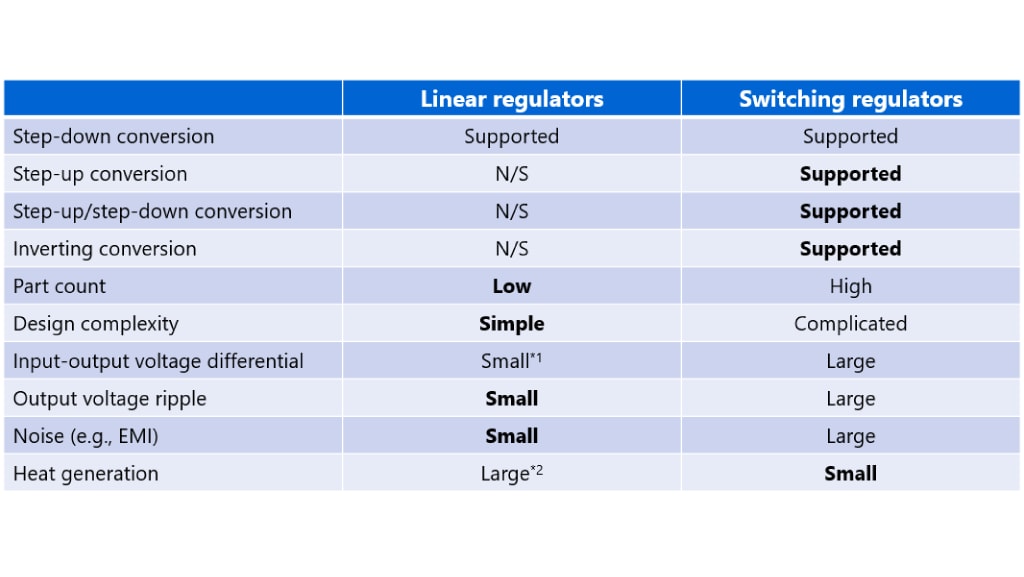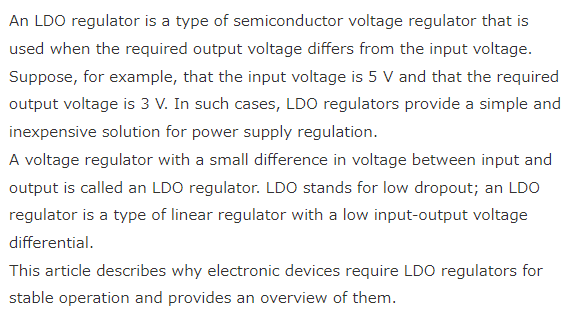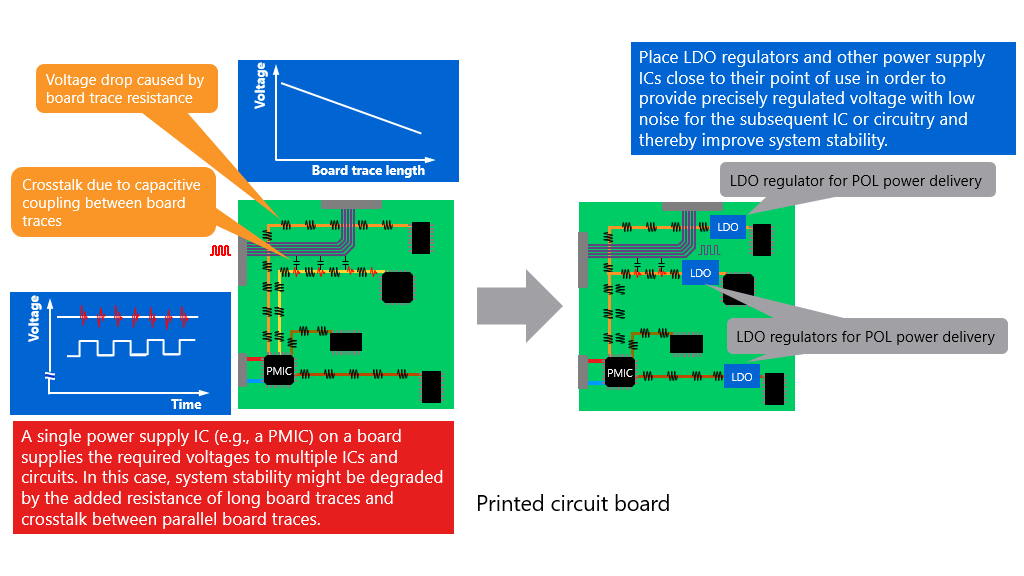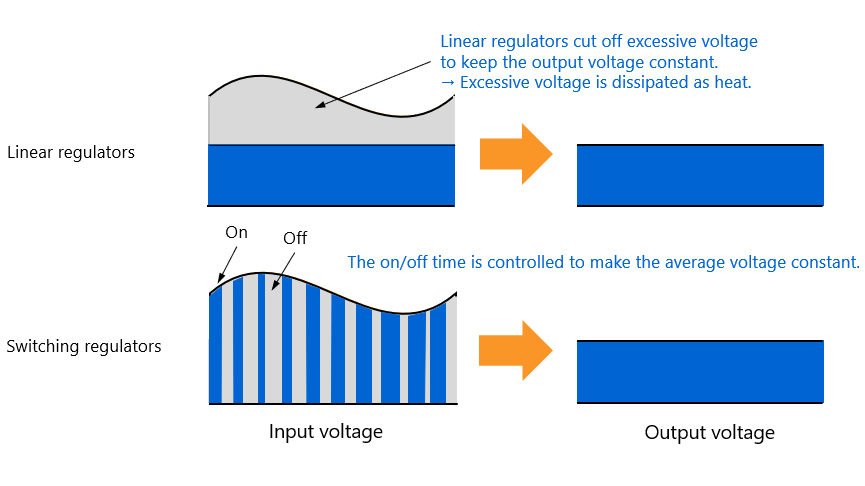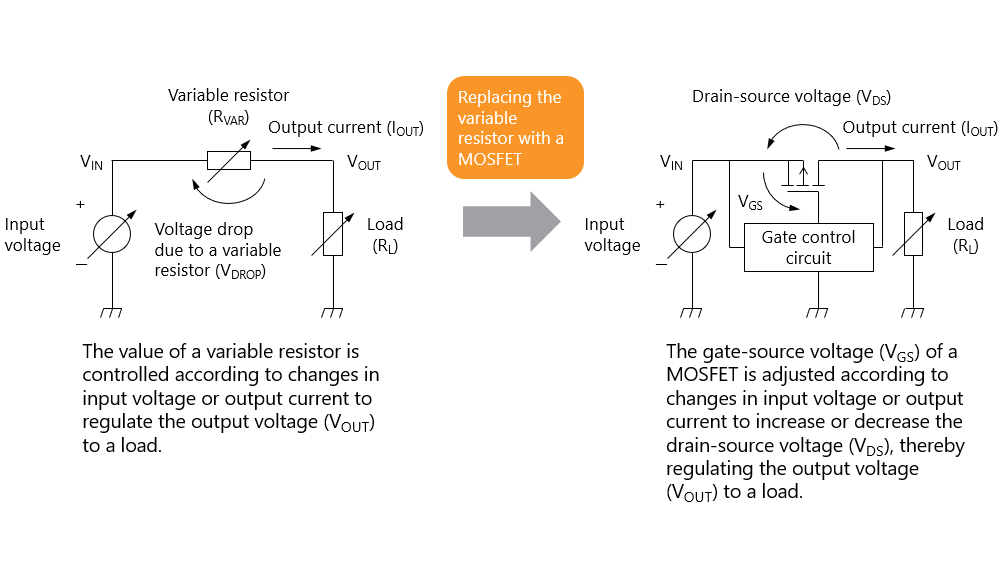- 半導體首頁
-
應用Automotive
Body Electronics
xEV
In-Vehicle Infotainment
Advanced Driver-Assistance Systems (ADAS)
Chassis
IndustrialInfrastructure
BEMS/HEMS
Factory Automation
Commercial Equipment
Consumer/PersonalIoT Equipment
Healthcare
Wearable Device
Mobile
Computer Peripherals
-
產品車用元件
Discrete Semiconductor
Diodes
電晶體
通用邏輯IC
Analog Devices
Digital Devices
Wireless Devices
※
: Products list (parametric search)
功率半導體※
: Products list (parametric search)
隔離器/固態繼電器Photocouplers
Digital Isolators
※
: Products list (parametric search)
MOSFETsIGBTs/IEGTs雙極性電晶體※
: Products list (parametric search)
Diodes※
: Products list (parametric search)
微控制器馬達驅動 ICs智能功率 ICs※
: Products list (parametric search)
電源管理 ICs線性 ICs※
: Products list (parametric search)
通用邏輯 ICs線性影像感測器其他產品其他產品
※
: Products list (parametric search)
-
開發/設計支援
開發 / 設計支援
-
技術知識
- 購買管道
- 型號 & 關鍵字搜尋
- 交叉搜尋
- 參數搜尋
- 線上庫存查詢跟購買
This webpage doesn't work with Internet Explorer. Please use the latest version of Google Chrome, Microsoft Edge, Mozilla Firefox or Safari.
型號需要超過三個文字以上 Search for multiple part numbers fromhere.
The information presented in this cross reference is based on TOSHIBA's selection criteria and should be treated as a suggestion only. Please carefully review the latest versions of all relevant information on the TOSHIBA products, including without limitation data sheets and validate all operating parameters of the TOSHIBA products to ensure that the suggested TOSHIBA products are truly compatible with your design and application.Please note that this cross reference is based on TOSHIBA's estimate of compatibility with other manufacturers' products, based on other manufacturers' published data, at the time the data was collected.TOSHIBA is not responsible for any incorrect or incomplete information. Information is subject to change at any time without notice.
型號需要超過三個文字以上
1-9. Differences between a three-terminal voltage regulator and an LDO regulator
Classic three-terminal voltage regulators (also known as standard voltage regulators) use an NPN-type transistor or an N-channel MOSFET as an output transistor.
For these regulators to work, an input-output voltage differential called a dropout voltage (VDO) is necessary as shown below. In the case of NPN-type voltage regulators, the minimum value of VDO must satisfy VIN - VOUT > RIN x IIN + 2 × VBE.
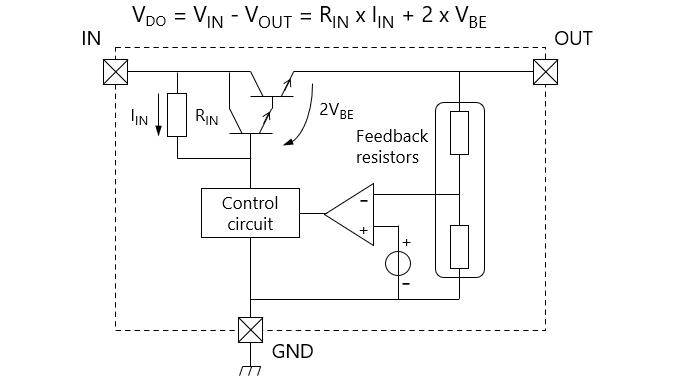
In the case of MOSFET-based voltage regulators, the minimum value of VDO must satisfy VIN - VOUT > RIN × IIN + VGS. Suppose RIN = 1 kΩ, IIN = 1 mA, VBE = 0.7 V, and VGS = 1 V. Then, the minimum input voltage required to generate a 5-V output is calculated to be 7.4 V in the case of NPN-type voltage regulators and 7 V in the case of MOSFET-based voltage regulators.
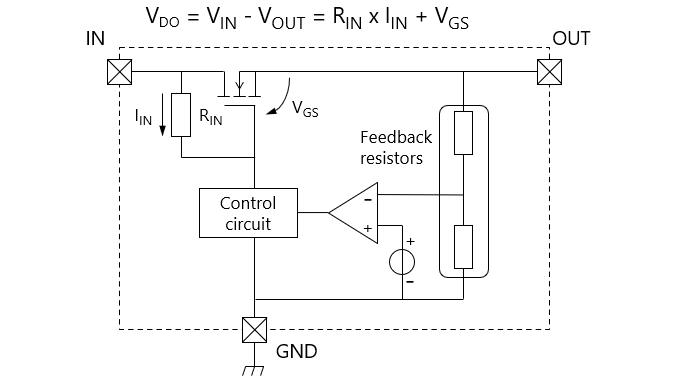
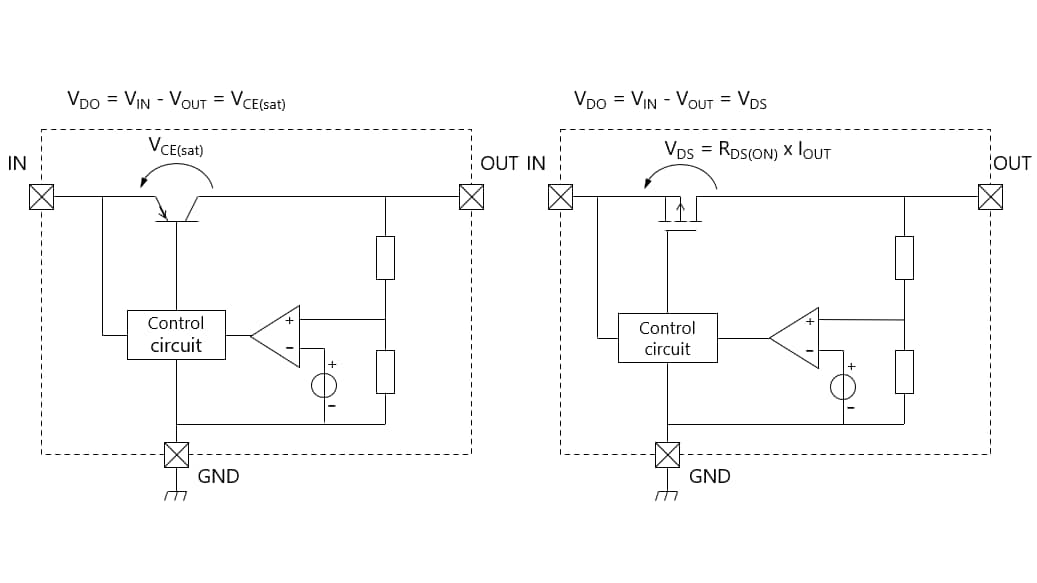
In contrast to these regulators, LDO regulators mainly use a PNP transistor or a P-channel MOSFET as an output transistor. The minimum dropout voltage of such LDO regulators is determined by the collector-emitter voltage (VCE(sat)) and the drain-source voltage (VDS = RDS(ON) × ID). Therefore, LDO regulators can operate with a smaller dropout voltage than three-terminal voltage regulators.
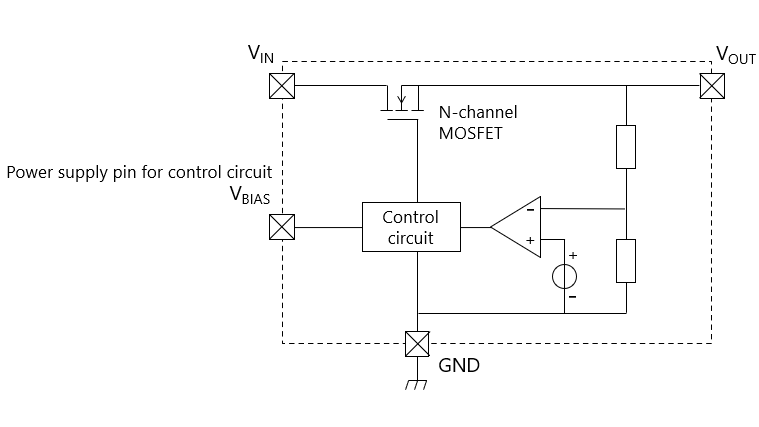
There is also a new type of LDO regulator that provides an even smaller dropout voltage, which uses an N-channel MOSFET with a smaller on-resistance than a P-channel MOSFET as an output transistor and has a power supply pin dedicated to the control circuit (including the MOSFET drive circuit).
- Prev
- 9/9
Chapter1 Introduction to Low-Dropout (LDO) Regulators
Related information
- Products
Low-Dropout Regulators (LDO Regulators) - Applidcation Notes
Application Notes - FAQs
LDO Regulators - Parametric Search
LDO Regulators - Stock Check & Purchase
Stock Check & Purchase



